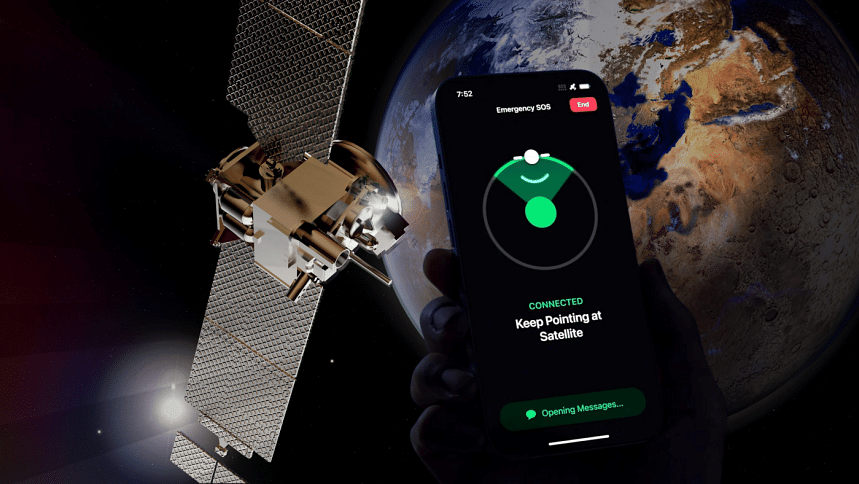The new iPhone 14 can connect to a satellite, here's why and how

The emergency SOS satellite feature is one of the major features that is hyping everyone up about the new iPhone 14 lineup. The emergency-only feature is an industry first and is currently only offered in the US and Canada. When cellular and Wi-Fi coverage is unavailable, this feature connects your iPhone to satellites in order to send emergency text messages without any data or WiFi connectivity. Because Low Earth Orbit or LEO satellites are constantly moving and have limited bandwidth, users must be outside to receive satellite signals for this service to function.
The iPhone 14 offers a brief questionnaire to help determine the user's needs and will advise them on how to aim the device for the best satellite connectivity. When Apple's centres receive the questionnaire and any subsequent messages, they will contact support. This feature is incomparably inferior to those provided by satphone providers like Inmarsat, GlobalStar, Thuraya, and Iridium, who provide full voice calls and internet access via satellite at the expense of bulky devices and exorbitant prices. The target audience for Apple's satellite communications feature is those who find themselves stranded in remote locations without access to cellular or Wi-Fi networks, such as when they are camping in the wilderness.
Depending on how popular this feature proves to be, Apple may decide to increase its partnerships with satellite providers and introduce this feature in other countries as well. Currently only accessible in the United States and Canada, the Emergency SOS via Satellite feature will continue to be free for the ensuing two years.


 For all latest news, follow The Daily Star's Google News channel.
For all latest news, follow The Daily Star's Google News channel. 




Comments